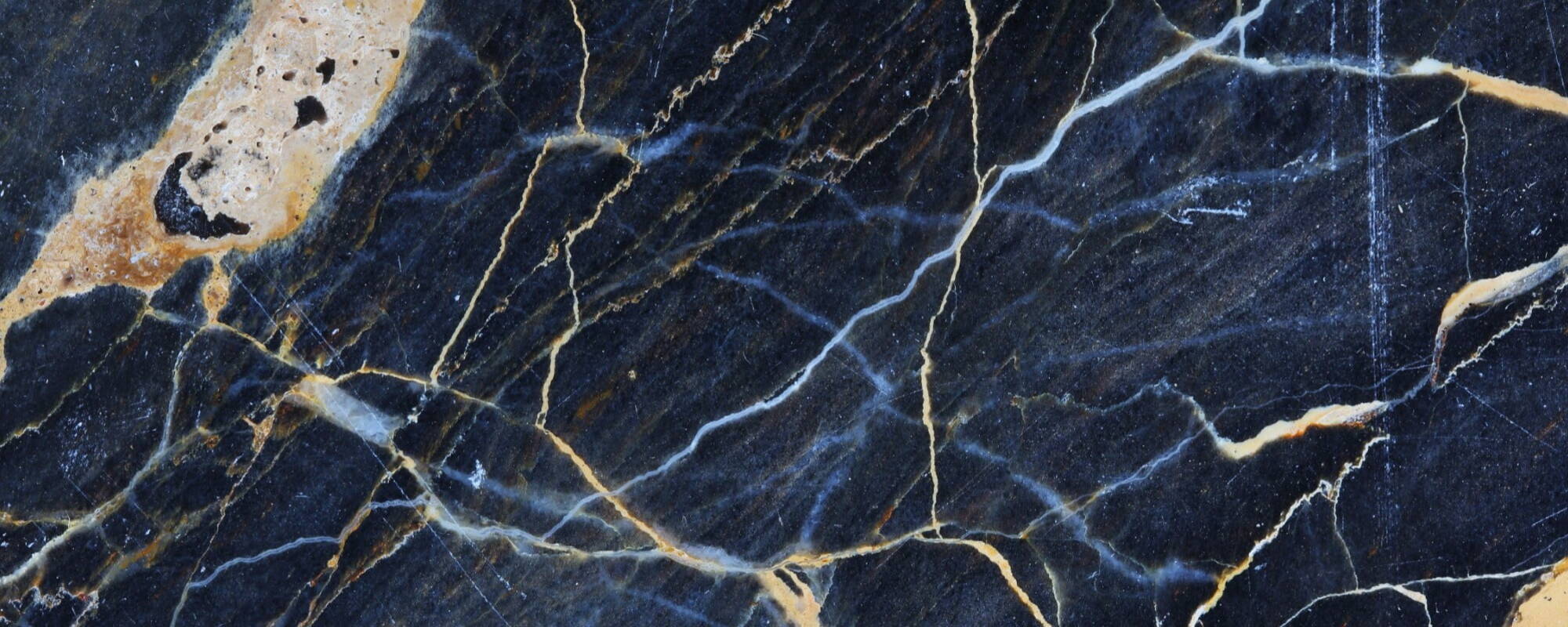
MEP
MEP engineering is an integral part of building design and construction, focusing on the mechanical, electrical, and plumbing aspects of buildings. Here is a brief overview of the main divisions within MEP engineering:
1. Mechanical Engineering
Mechanical engineering in the context of MEP focuses on heating, ventilation, and air conditioning (HVAC) systems. This division includes:
HVAC Systems: Design and installation of systems to control temperature, humidity, and air quality in buildings. This involves heating systems, cooling systems, ventilation, and air filtration.
Mechanical Ventilation: Ensures adequate air exchange within buildings to promote indoor air quality and occupant comfort.
Fire Protection Systems: Design and installation of systems like sprinklers, smoke control, and fire alarms to protect buildings and occupants from fire hazards.
2. Electrical Engineering
Electrical engineering within MEP covers the design and implementation of electrical systems. This division includes:
Power Distribution: Design of electrical distribution systems, including transformers, switchgear, circuit breakers, and distribution panels to ensure safe and efficient power delivery.
Lighting Systems: Design and layout of interior and exterior lighting, including emergency and exit lighting, to meet functional and aesthetic requirements.
Communication Systems: Installation of systems for data, telephone, and other communication needs within a building.
Backup Power Systems: Design of emergency power systems, including generators and uninterruptible power supplies (UPS), to ensure continuity during power outages.
Fire Alarm Systems: Design and installation of fire detection and alarm systems to ensure early warning and safety.
3. Plumbing Engineering
Plumbing engineering focuses on systems for water supply, waste removal, and gas distribution. This division includes:
Water Supply Systems: Design and installation of systems for potable water distribution, including piping, pumps, and storage tanks.
Wastewater Systems: Design of systems for the removal of wastewater, including sewerage, drainage, and venting systems to ensure proper sanitation.
Stormwater Management: Design of systems to manage and dispose of stormwater, including gutters, downspouts, and drainage systems to prevent flooding and erosion.
Gas Systems: Installation of natural gas, propane, or other gas systems for heating, cooking, and other applications.
4. Fire Protection Engineering
Fire protection engineering within MEP focuses on the prevention, detection, and suppression of fires. This division includes:
Fire Suppression Systems: Design and installation of sprinkler systems, fire extinguishers, and other suppression systems.
Fire Detection Systems: Implementation of smoke detectors, heat detectors, and fire alarm systems.
Emergency Evacuation Systems: Design of emergency lighting, signage, and communication systems to ensure safe evacuation during a fire.
5. Building Automation Systems (BAS)
Building automation systems integrate various MEP systems to improve efficiency and control. This division includes:
Control Systems: Implementation of automated controls for HVAC, lighting, and other systems to optimize energy use and occupant comfort.
Monitoring Systems: Installation of sensors and monitoring equipment to track system performance and identify maintenance needs.
Integration with Other Systems: Coordination of BAS with security, fire protection, and other building systems for comprehensive management.
6. Sustainable Design and Energy Management
This division focuses on incorporating sustainable practices and energy efficiency into MEP systems. This includes:
Energy Audits: Assessing energy use and identifying opportunities for improvement.
Green Building Certification: Designing systems to meet standards for certifications such as LEED (Leadership in Energy and Environmental Design).
Renewable Energy Systems: Integrating solar panels, wind turbines, and other renewable energy sources into building systems.
Each division within MEP engineering plays a crucial role in creating safe, efficient, and comfortable building environments. MEP engineers work collaboratively to ensure that all systems are seamlessly integrated and meet the needs of building occupants and operations.






